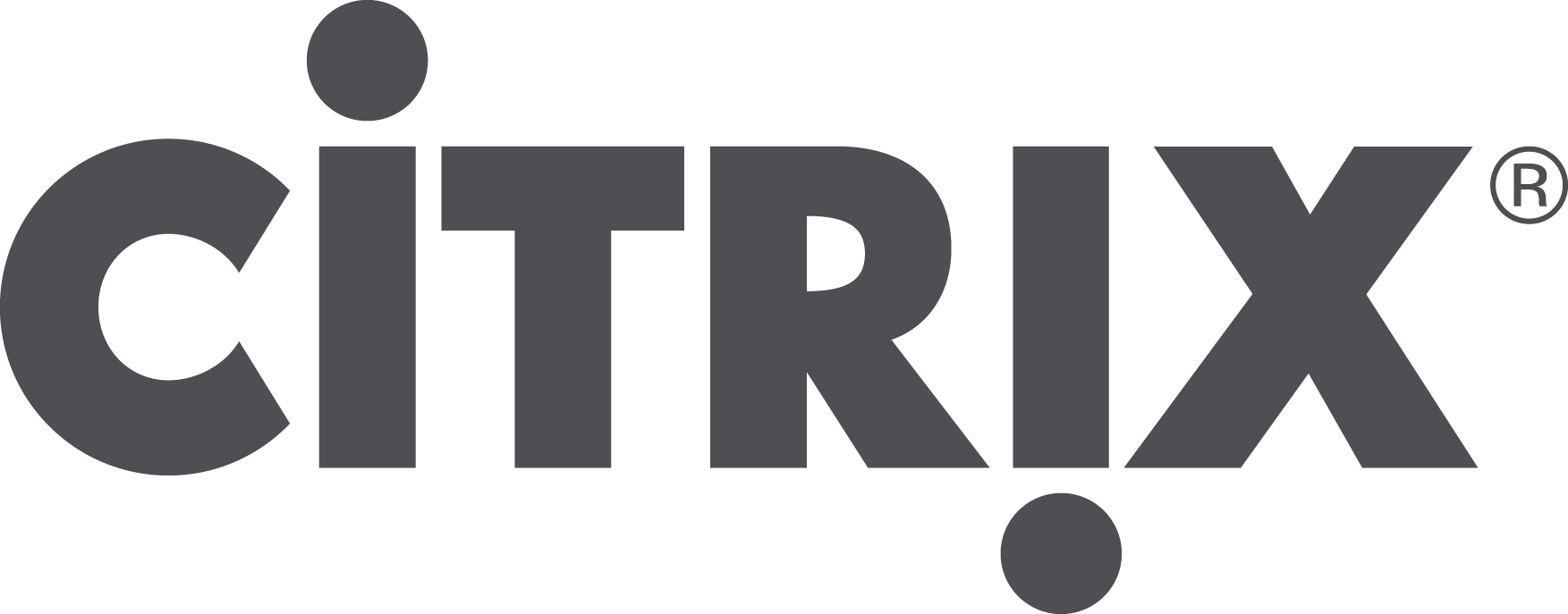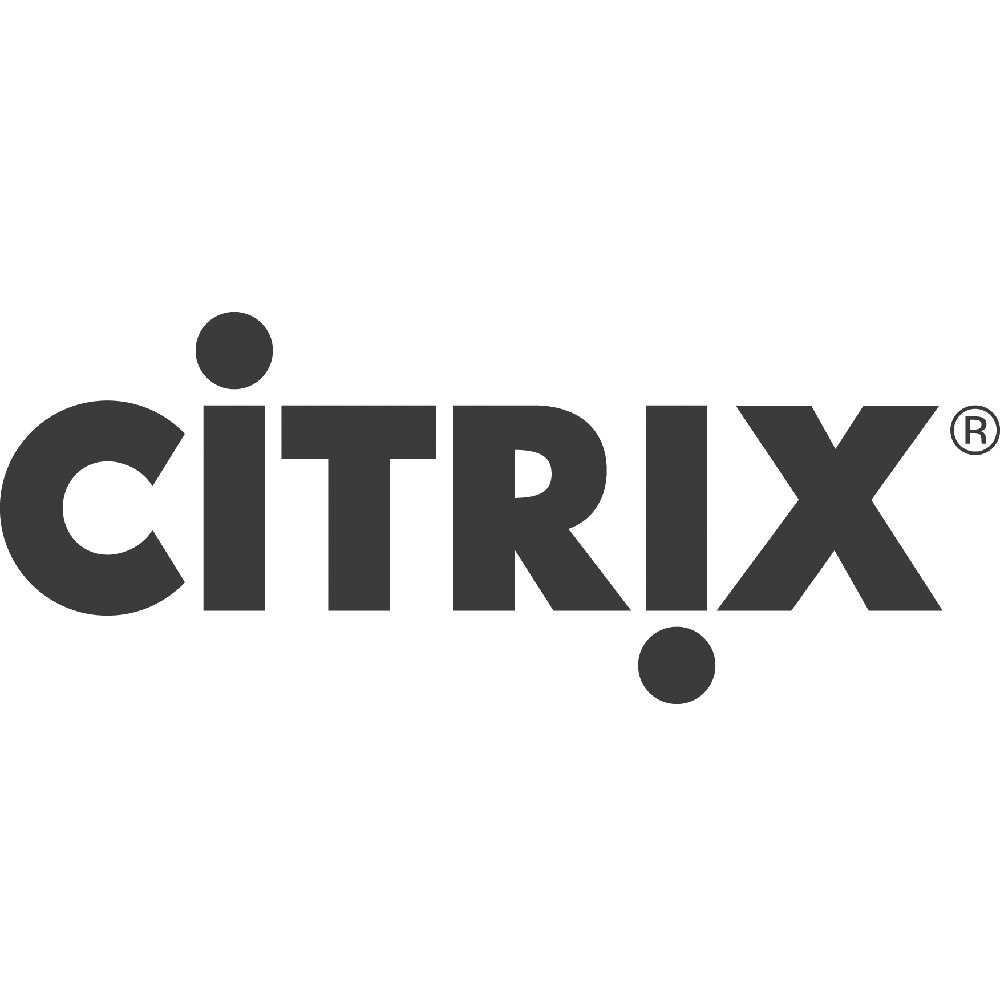 Citrix Tuesday updated its cloud computing strategy, saying that its platform –which is based off the Apache CloudStack project — can span both private on-premises deployments and public clouds and is the only one in the market that takes an application-centric approach to architecting clouds.
Citrix Tuesday updated its cloud computing strategy, saying that its platform –which is based off the Apache CloudStack project — can span both private on-premises deployments and public clouds and is the only one in the market that takes an application-centric approach to architecting clouds.
Citrix officials say that the company’s chief competitors, VMware and Amazon Web Services, “pigeon-hole” users into architecting clouds a certain way. VMware is ideal for virtualized legacy applications, but not new, cloud-native apps, Citrix says. AWS, on the other hand, is perfect for these new apps that were born to run in the cloud, but not legacy applications. Citrix’s cloud platform, by being “application-centric” caters to both legacy and new-age apps, says Krishna Subramanian, vice president of marketing for Citrix’s cloud platform.
Citrix’s cloud platform is built on Apache CloudStack an open source project the company spun out of work in the OpenStack community. Unlike the OpenStack backers though, the project is more closely aligned to AWS APIs. The newest version of Citrix’s cloud platform lets customers set up regions and zones, similarly to how AWS is architected. Customers have the ability to control policies for each of these zones. So, for example if legacy bare-metal apps are running in one zone, it will use a certain architecture. If cloud-native apps are running on virtualized servers in another zone, they can have different characteristics. Elastic block storage spans all regions.
Forrester analyst James Staten is buying into the application-centric approach, calling it a differentiator for Citrix. “The fact that you can use a single cloud architecture to set up a legacy apps pool and right next to it (logically) a modern app pool is definitely unique in the market,” he wrote in an email. “Nearly all the rest of the IaaS cloud software solutions out there are optimized for one environment or the other.”
Citrix CloudPlatform 4.2 is the control plane for deploying clouds, and the updated version comes with new integration with VMware and Cisco UCS equipment; it starts at $1,400 per socket for a license. Citrix also released CloudPortal Business Manager, which allows customers to set up web portals for users.
Citrix may call itself application-centric, but Gartner analyst Chris Wolf says the platform still has a ways to go. Unlike VMware, Citrix does not have tight integration with tools like Chef, Puppet and Salt that help users automatically deploy and manage virtual machine templates. “Citrix needs to show turnkey integration … with application performance monitoring in order to meet customers’ application-centricity demands,” Wolf wrote in an e-mail.
Even so, Wolf says it’s still early days in the cloud computing market, and there’s plenty of time for Citrix to continue to advance its strategy, and specifically compete with the likes of VMware and Amazon. “Citrix has a capable platform and has over 200 customers using it, but the challenge it will face will be building a cohesive third-party ecosystem. Ecosystem partners such as management, backup, and security vendors are gravitating toward OpenStack, AWS, and vCloud.” Citrix could more fully embrace the OpenStack community that has developed, but ever sinceCloudStack left OpenStack two years ago, Citrix has been moving away from the community rather than gravitating toward it.






